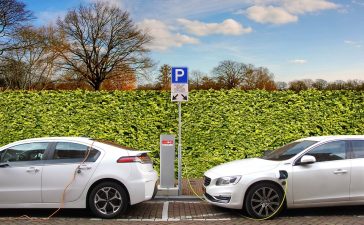Electric vehicles are becoming more popular, and EV charging stations are the key to keeping them on the road. EV owners need to stop for a charge every 3-4 hours, which can be inconvenient if they’re driving long distances. Many EV drivers rely on public charging stations to keep their cars powered up and ready for the next leg of their journey. If you’re thinking about getting an EV soon, then this article is perfect for you! Here’s everything that you need to know about it before making your decision.
1) What is an EV charging station?
They are the primary way that EV owners charge their vehicles. They’re typically located at malls, grocery stores, and other busy locations with a high volume of people walking by every day to work or shop. Sometimes they’ll even be found in parking garages or along city sidewalks where EV drivers can stop for a quick top-up while running errands around town.
2) What types can we find?
It comes in two main types: Level I and Level II. The essential difference between these is that a level one charger plugs into any standard 110v outlet. In contrast, a level two EVSE (electric vehicle supply equipment) requires at least 208 volts of power to be effective. Public charging stations often use the latter type because it charges vehicles more quickly than its counterpart.
3) What should I consider?
The price, compatibility with your car model, usefulness, and location are critical factors to consider while purchasing an EVSE. While you can’t change where or how long it takes to charge your electric vehicle’s battery pack, having this information will assist you in making the best decision when buying a Charging Station for your house.
For more information visit your nearest store.


